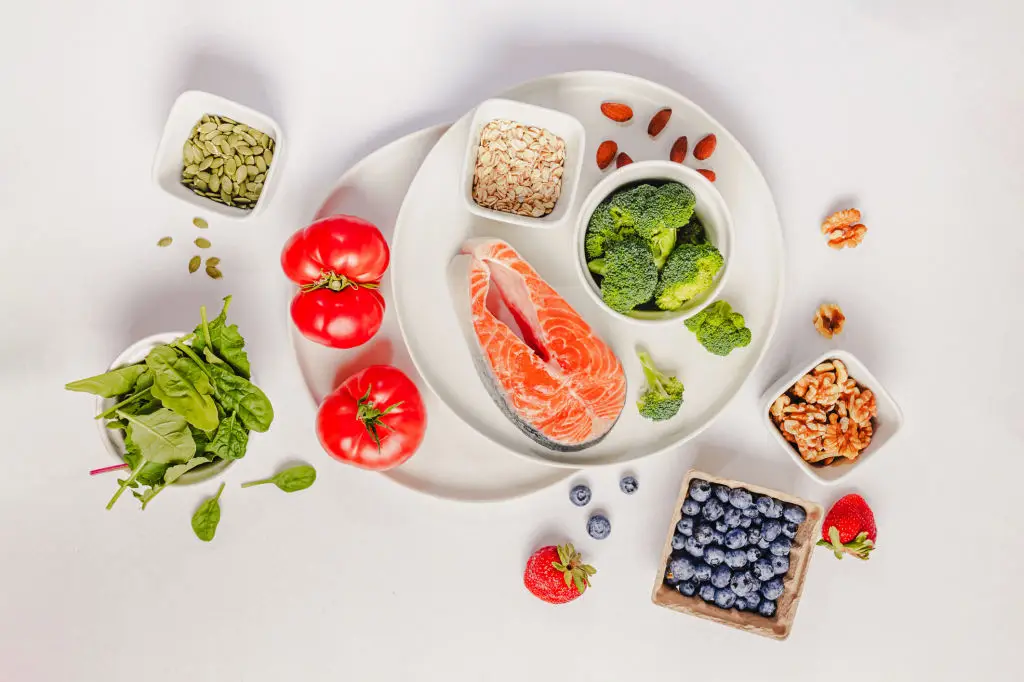Hidden Fire: 12 Unexpected Foods That Trigger Joint Pain in Cold Weather
When the temperature drops, many of us feel aches deep in our joints—a sensation that can seem to come out of nowhere as winter settles in. For some, these seasonal discomforts are simply part of the colder months, but what if the foods on our plates were pouring more fuel onto the fire? It turns out, certain dietary choices—especially those considered innocent or even healthy—could quietly fan the flames of inflammation that make joint pain worse when the mercury falls. Instead of guesswork or blanket diets, understanding how specific foods interact with your body’s natural responses in cold weather gives you power to make changes that feel both realistic and compassionate. This isn’t about blame or restriction—it’s about offering gentle, science-backed insights so you can make choices that support your wellbeing all season long. Ready to explore some of the most unexpected joint pain triggers hiding in plain sight? Here are 12 foods to watch—and simple, supportive ways to try something new.
1. Nightshade Vegetables: Surprising Sensitivities

Nightshade vegetables—like tomatoes, potatoes, peppers, and eggplant—have earned their spot as mealtime staples thanks to their flavor and nutritional value. For many, they’re harmless, even beneficial. But for a surprising number of people, these veggies contain compounds such as solanine and glycoalkaloids that can spark inflammation in vulnerable joints. The science on this link is mixed; while research isn’t conclusive, enough folks living with joint pain report a difference when they steer clear of nightshades that it’s become a hot topic among wellness communities. Cold weather plays a role here, too: our immune systems often respond differently when temperatures drop, possibly making us more sensitive to naturally irritating compounds. If you’re curious whether nightshades might be fueling your wintertime discomfort, try setting them aside for a couple of weeks and keeping a gentle log of your symptoms. Swapping in options like sweet potatoes or butternut squash keeps meals cozy without the potential flare-ups. Remember, this is experimentation, not punishment—your body’s response is uniquely yours.
2. Refined Grains & Gluten: Hidden Flare-Ups

Warm bread, holiday rolls, and pasta dishes are hard to resist in winter, but refined grains and gluten-heavy foods can quietly add to joint pain. These products—think white bread, crackers, pastries—have a high glycemic index that quickly raises blood sugar, which can contribute to inflammation. For those sensitive to gluten, the problem is twofold: gluten may irritate the gut, which, in turn, prompts immune responses that affect joints. Dr. Todd Harris of Harris Dental Associates notes this gut-joint connection is especially noticeable in autoimmune conditions. Add to that the tendency for reduced movement and comfort-eating in cold months, and you have a recipe for more flare-ups. If refined grains are a daily habit, start by swapping just one serving for a whole grain or gluten-free alternative—you might choose brown rice instead of white, or a hearty bowl of quinoa. Small changes, one meal at a time, are the foundation for lasting relief.
